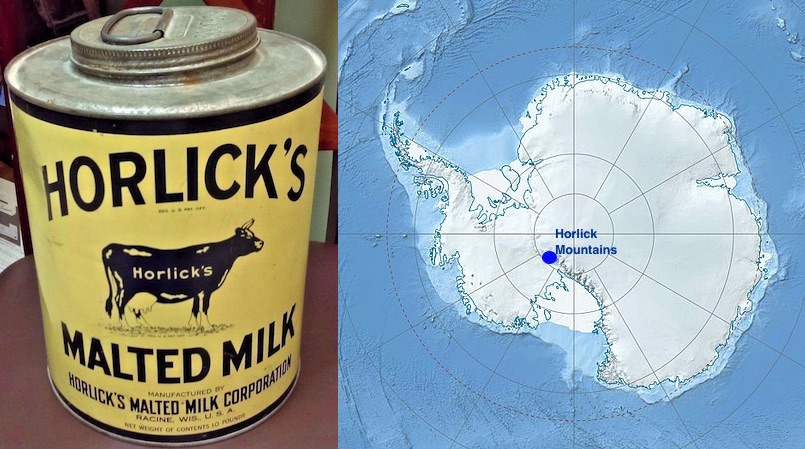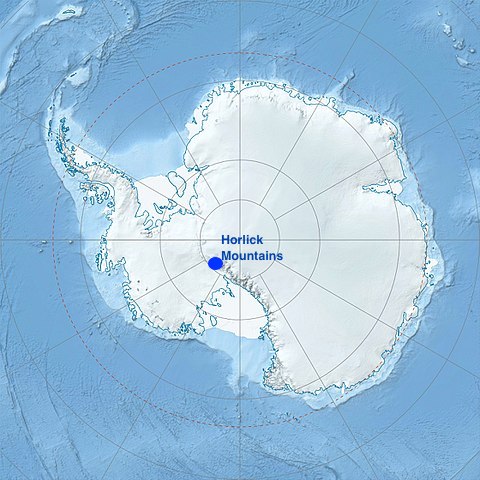
HORLICK’S MALTED MILK IN ANTARCTICA
Some of you may remember drinking Horlick’s malted milk as a kid and you can still buy it today. It’s not a bad drink. But you may not know that the Horlick’s company was a part of Antarctic history.
James Horlick a London-based chemist created his own proprietary nutritional powder in the 1870s based on malted barley (a process of soaking barley till it germinated then quickly drying it, creating easily digestible sugars), but he failed to find any financial backing for the product
He moved to America and joined his brother William in Chicago. There they found the necessary backing and produced ‘diastoid’ (an unfortunate name) which became popular, and was usually added to milk as a drink. Later James would add milk to his barley product during soaking and when dried he called the product ‘malted milk’. A vast improvement over diastoid, it became extremely popular and he patented it in 1883. It was the first malted milk to be patented.
Children took it to school in lunch boxes. It was used in the front lines of World War I in the form of malted milk tablets and during the Great Depression families also used these tablets to supplement their diet. It was again used extensively through World War 2 and by athletes at the 1948 Olympics.
And it’s connection with Antarctica? Explorers found that the product was lightweight, calorie dense and nonperishable. The perfect food for Polar explorers and it was taken to both the North and South Poles in the 1900’s.
Robert Peary, Roald Amundsen, and Admiral Richard Byrd all included malted milk in their supplies as did Australia’s Sir Douglas Mawson. Horlick’s was a sponsor of his 1911–14 Australasian Antarctic Expedition (AAE) and 104-year old Horlick’s tins were found in Mawson’s hut.

Byrd also named a mountain range in Antarctica after William Horlick who had supported his 1933-35 expedition with sponsorship of $30,000 dollars.
The Horlick Mountains are 3000 metres (9000 ft) high and are located toward the southern end of the Ross Ice shelf at 86 degrees S, 115 degrees W.
Horlicks is still available today and going strong after 140 years.
